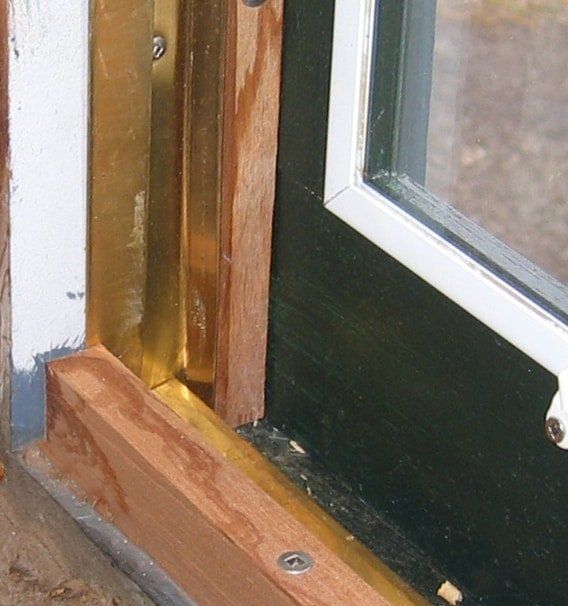“OLD” WOOD WINDOW/ REPLACEMENT WINDOW ENERGY ANALYSIS
- By Keith Haberern
- •
- 09 Nov, 2017
- •
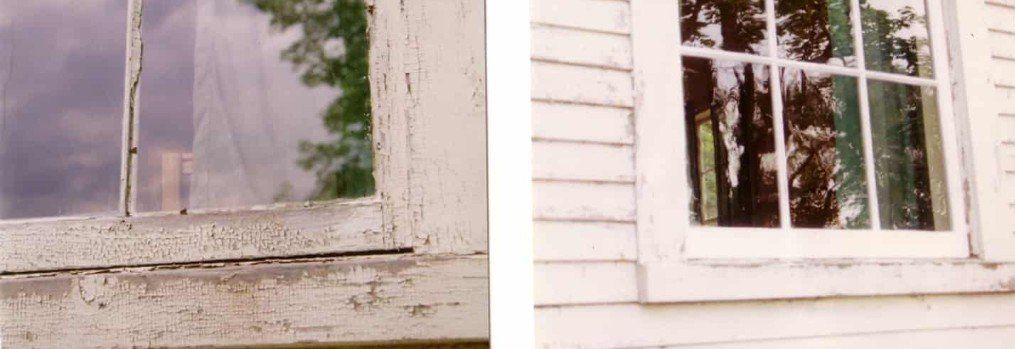
WHAT THOSE HOME IMPROVEMENT ADVERTISEMENTS WON’T TELL YOU!
- U value of a single pane window (that old wood window): 1.10
- U value of a single pane window combined with a storm window: 0.50
- U value of an expensive new double pane thermal replacement window: 0.58
(remember that the lower the U value the better. You will note that your old wood window combined with a storm window is about 15% more energy efficient than that new replacement window. Those new windows will cost you, not save you money.)
So I don’t have storm windows, the ads say I can save big bucks and lots of energy by replacing those “old” wood windows with replacement windows- right? My “old” windows have beautiful wood and wavy antique glass but they must be costing me a bundle?
- Yearly energy saving between a single pane window and a new double pane thermal replacement window (on one 3’ x 5’ window): 625,922 Btu
- Annual savings per window if using gas heat at $0.95/therm: $9.65/ year
- Simple payback if you assume a decent replacement window will cost
$400 installed: $400/ $9.65 year = 41 ó years!!
(Not a good investment. You would do better by putting your money in a bank savings account! Also remember that as most thermal replacement windows will have a life span of 15 to 20 years, they will not last long enough to pay themselves off.)
- A new window has an embodied energy of about 2,300,000 Btu used to produce that window. This includes only the energy to produce the window, This does not include the considerable additional embodied energy required to mine and deliver the raw materials, shipping and packaging, delivery, the gas used to drive the contractor’s pickup truck to the job, and the energy needed to dispose of the old window.
(Embodied energy is the energy used to produce and deliver a building product.)
- It will take about 4 years for the energy payback if considering only the production embodied energy.
(If you consider the total embodied energy it will take very roughly 6 years before you are saving anybody any energy)
Are storm windows a good investment?
- Yearly energy saving if a storm window is put over a single pane window (on one 3’ x 5’ window): 722,218 Btu
- Annual savings per window if using gas heat at $0.95/therm: $11.72/ year
- Simple payback if you assume a storm window will cost $50: $50/ $9.65 year = 4-1/4 years
(A good investment. Not only do you get to keep those beautiful wood windows with the wavy glass, but also the storm window will help to protect them. The storms don’t have to be triple track aluminum; wood storm windows with easy glass/ screen exchangeable sashes are readily available.)
O.K., I already have wood windows and storm windows, but I hear that those super new windows with low-e glass will save me lots of dough, The ads say I’ll save enough to put my kids through college!
- Yearly energy saving between a single pane window combined with a storm and a new low-e double pane thermal replacement window (on one 3’ x 5’ window): 132,407 Btu
- Annual savings per window if using gas heat at $0.95/therm: $2.03/ year
- Simple payback if you assume a decent low-e replacement window will cost $450 installed: $450/ $2.03 year = 222 years!!
(The windows must last pretty long and your kids better live pretty long for this investment to work. In reality the window may last 20 years.)
But what about the environment and the energy crises, I’m willing to pay a little money to help.
- It will take about 17-1/3 years for the energy payback if considering only the production embodied energy.
(If you consider the total embodied energy, it will take over 20 years before you are saving anybody any energy. As the window will probably not last that long, you are being an energy waster by replacing those windows not an energy saver, not to mention filling the landfill with more building debris when you get rid of that old window.)
Keeping and maintaining those beautiful old wood windows is “recycling” in its most energy saving, economical, and earth friendly form.
Keith Haberern Professional Engineer, R.A.
Chairman: Collingswood,NJ, Historic District Comm.
Reprinted with permission from Keith Haberern. But Keith is not the only one.
When faced with $12,000 for replacing 21 existing windows in his own house, Don Hartley, Utah State Historical Society architect, figured a 77 year payback on the so-called “investment.” Instead he refinished, weather-stripped and added storms for $5000. and took $7000 to the bank. See the full article, WHEN YOUR WINDOWS WANT ATTENTION at:
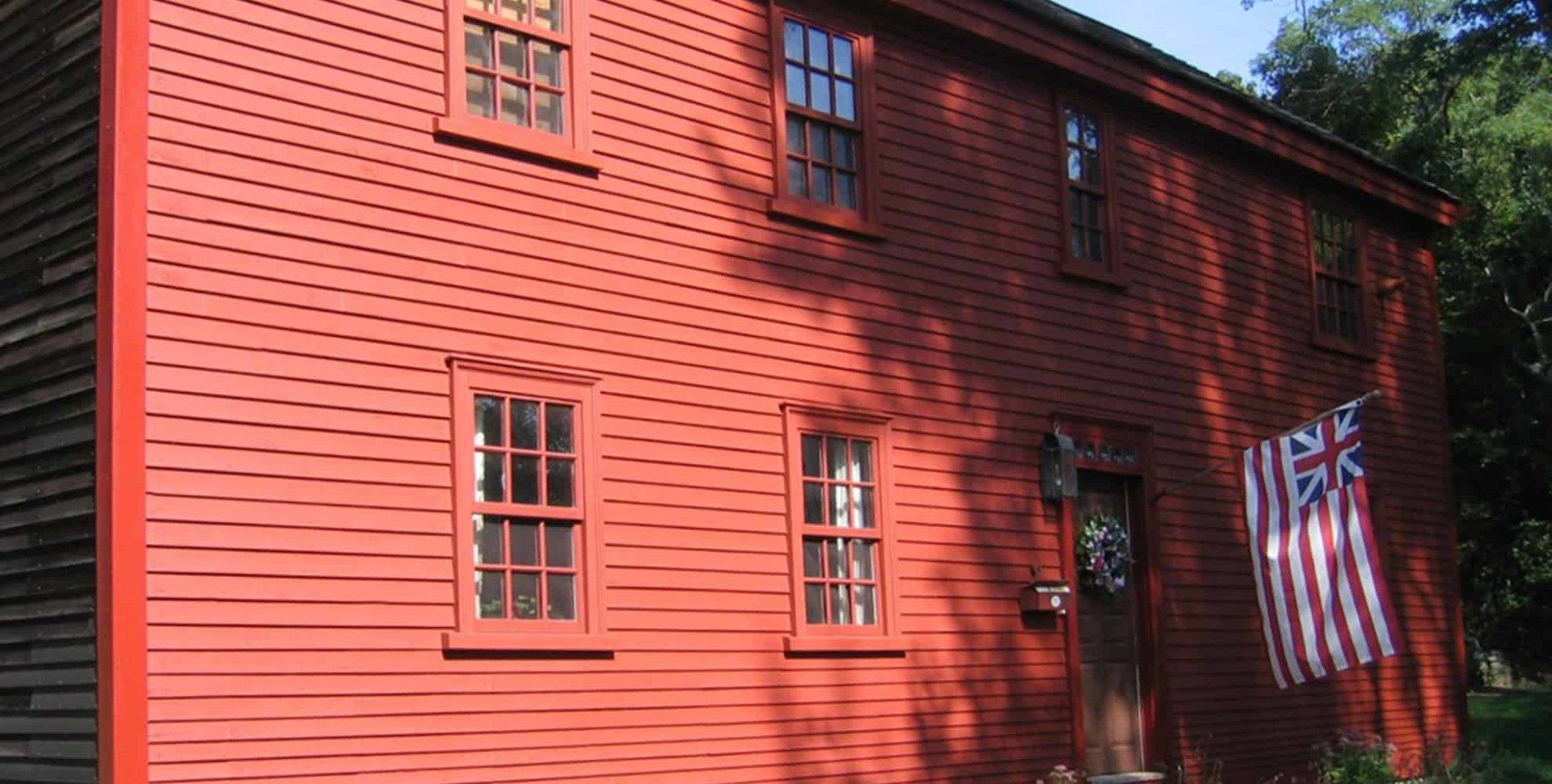
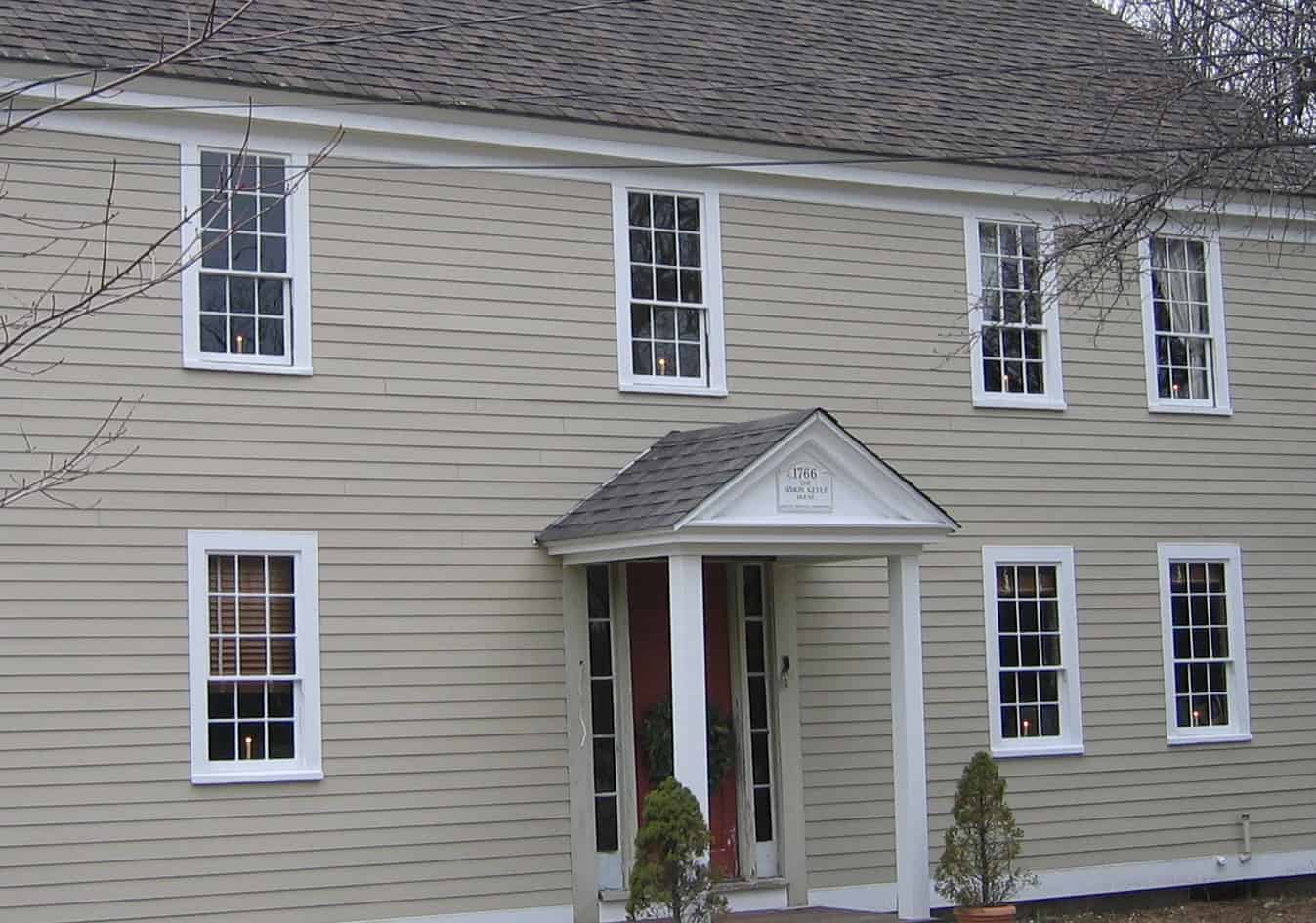
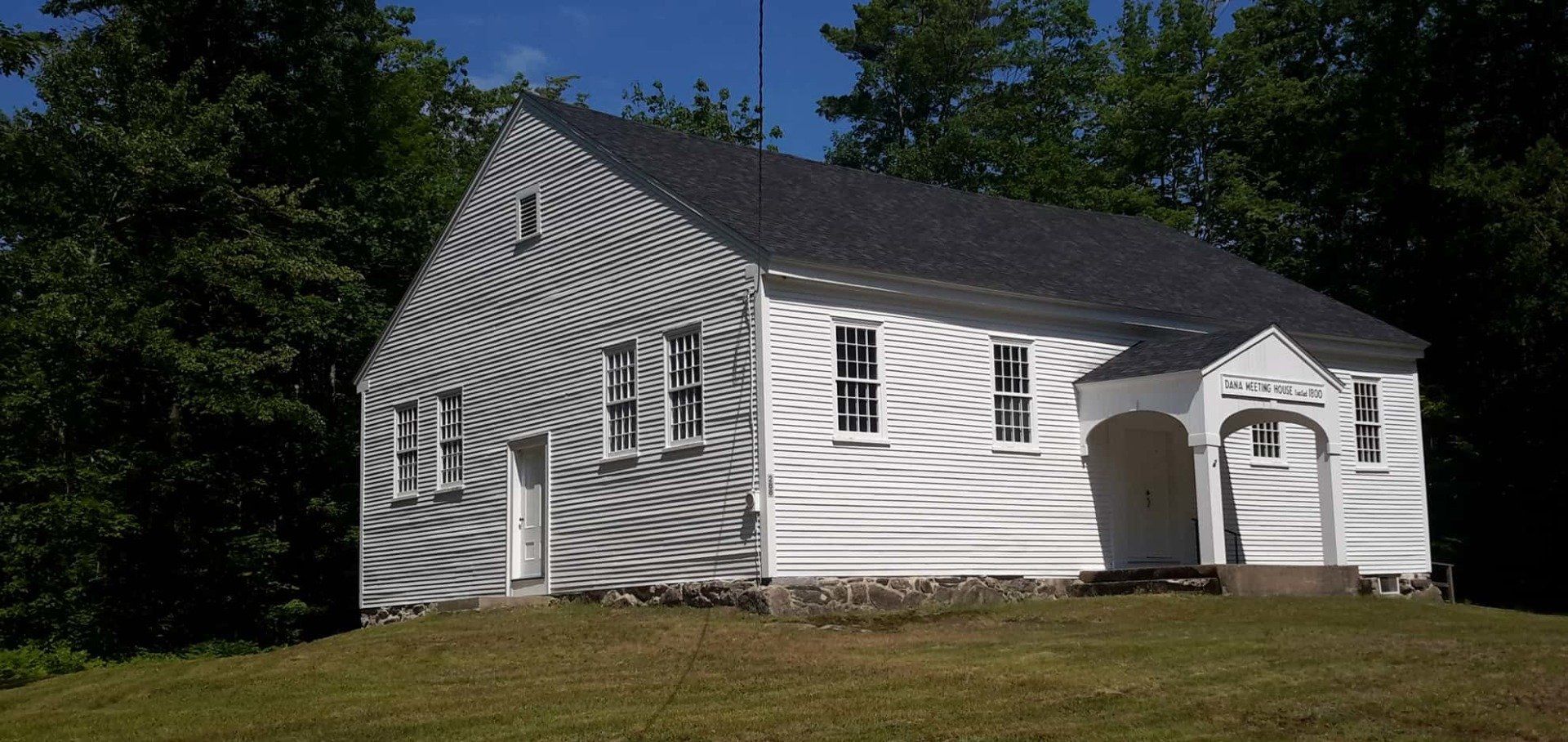
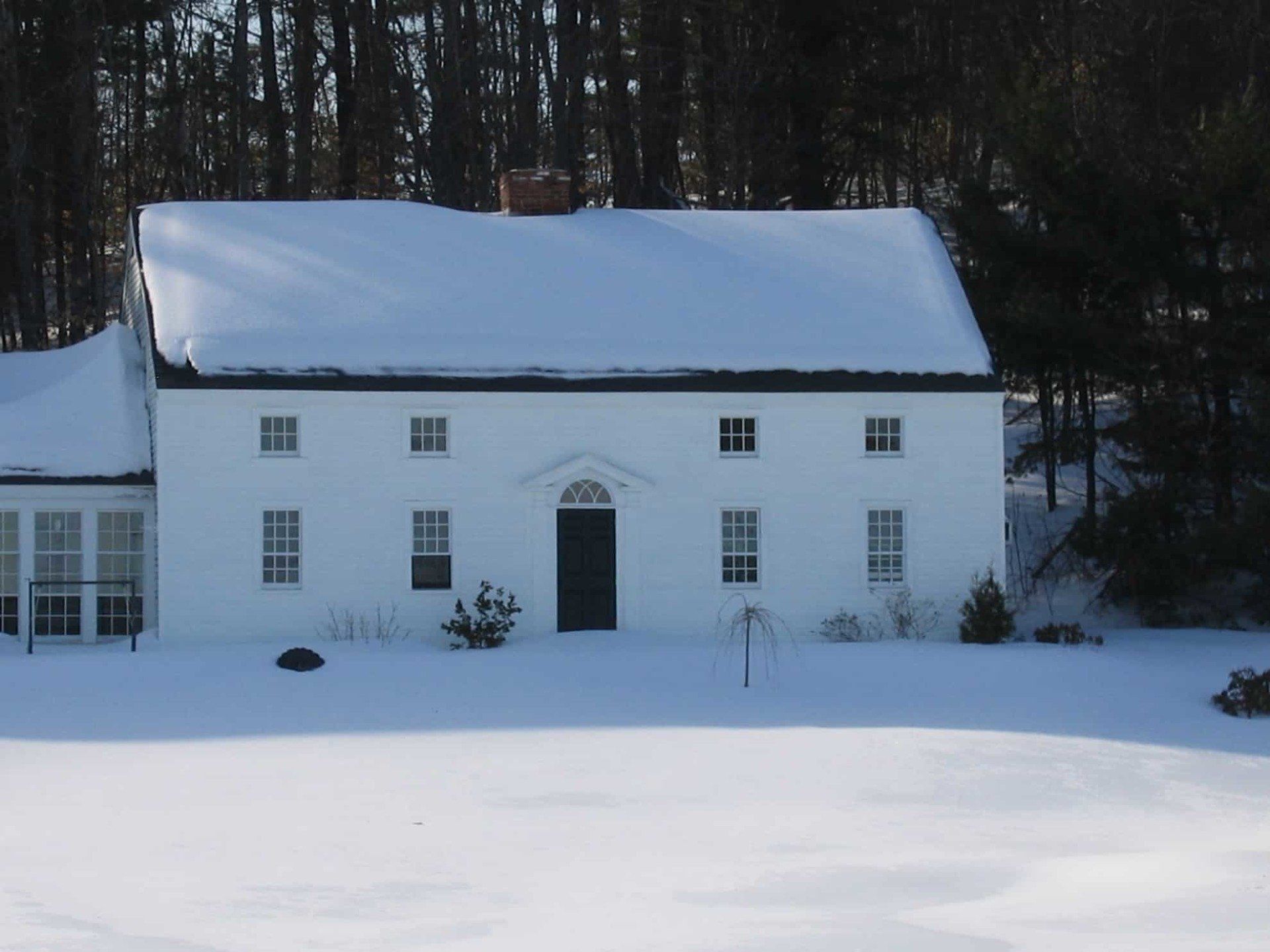

Over forty years experience working on historic windows!
QUICK LINKS
CONTACT
(603) 744-560953 Ridge Rd
New Hampton, NH 03256
New Hampton, NH 03256
© Copyright
Starck Historic Windows Inc.
New Hampton, New Hampshire
Phone: 603-744-5609
